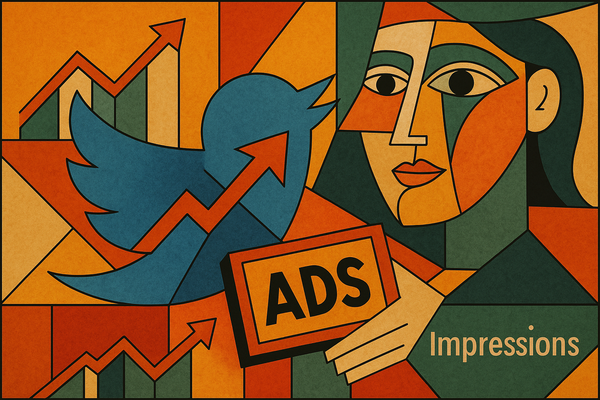The glow of my laptop screen was the only light in the room when I hit “Publish” on my very first Twitter ad campaign.
Seven days. One hundred dollars.
I told myself it wasn’t much, just an experiment. But if I’m being honest, it felt like more than money. It felt like a piece of my pride, a hope that maybe this time, the digital world would finally take notice.
For a moment, it seemed to work. Notifications poured in: 1.5 million views, 620 likes, many website visitors. My heart raced. Maybe I had cracked the code.
But then the truth sank in the numbers were empty :) .
Eighty-five percent of those visitors bounced. The likes? Hollow. The retweets? Mechanical. I realized that 65% - 75% of the “audience” wasn’t even real. Bots had chewed up my budget and spit out nothing but noise.
Sad :(
It was like talking into a crowded room where everyone’s clapping, but no one’s actually listening. I paused the campaign and sat there, staring at the screen, my stomach tight. $70 gone, and nothing to show for it.
I felt foolish. But more than that, I felt angry. Not just at Twitter ads, but at myself for not seeing it coming.
Here is the solution: 99% lower Twitter Ads costs!
What is the average Twitter Ads pricing and what was mine at the beginning?
Most guides will tell you the average Twitter ad cost per click hovers between $4 and $8. And yes, that already sounds expensive,
but it gets even worse when you read what’s below. But why?
Those numbers are like mirages in the desert. They mean nothing if you’re paying for bots, fakes in your Twitter ads campaign. Let’s calculate the real cost.
In my case, I was paying around $4 per click, but when I checked the traffic, only one in twenty was real — just 5%. WOHO!!!
👉 That meant my effective cost per real click wasn’t $4. It was closer to $80 per person. 👈
That was the aha moment - the punch in the gut.
Imagine spending $100 and getting just one genuine user.
That’s not a marketing strategy - it’s a leak in the boat.
And when you think about it, this is the cruelest part of digital advertising today. The platforms sell impressions, but impressions aren’t people. Engagements aren’t necessarily humans. If you can’t control who sees your ads, you aren’t running a campaign, you’re throwing darts blindfolded in a crowded hall.
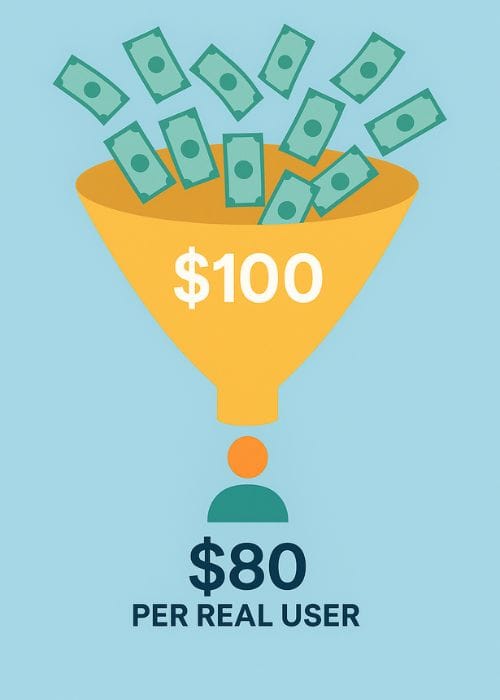
And What did I do? Why Bots Eat Ad Budgets Alive!
I started to ask myself: why do bots seem so drawn to paid campaigns?
The answer is simpler than it seems. Twitter’s Ads algorithms, like those of every social platform, optimize for reach. If you choose “broad targeting,” your ad is delivered to the lowest-cost impressions that meet your criteria. Bots, fake accounts, and inactive users are cheap to deliver to. They eat impressions and inflate engagement numbers, making it look like your campaign is working, when in reality, you’re burning money.
Some estimates suggest 15–20% of Twitter accounts are fake or automated. That means if you’re running a campaign without filters, one in five of your engagements could be meaningless. For small advertisers with limited budgets, that’s devastating. And in some keywords, only 5% can be real , because certain topics attract more bots and fake accounts, such as finance, cryptocurrency, and so on. It depends on the topic you initiate ads in.
We have a full detailed article if you would like to learn more about how to find and remove spammy bot, automated followers on X!
This explained my results: the reason I had sky-high impressions but almost no real traction was because my ad was optimized for cheap visibility, not authentic engagement. And that’s when I realized: the problem wasn’t that Twitter ads are broken. The problem was that I hadn’t built a strategy to outsmart the bots.
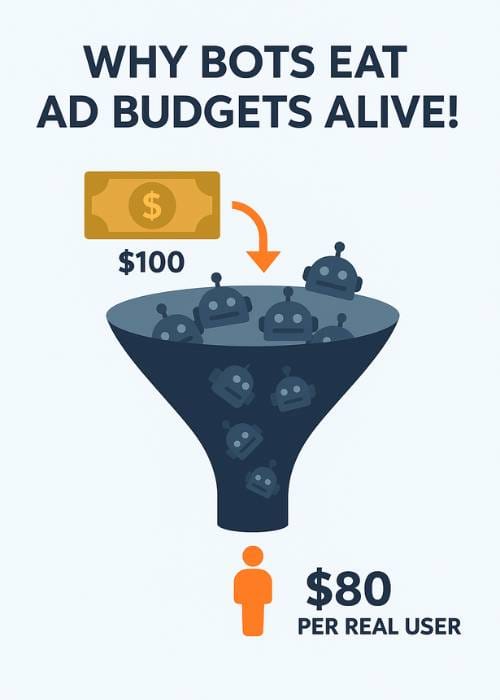
The Turning Point:
Hyper-Targeting Twitter Ads with Circleboom
The solution didn’t come from Twitter Ads Manager itself. It came from a different angle. I discovered Circleboom, and it changed everything.
Circleboom isn’t just another tool , it’s an official X (Twitter) Enterprise Client, which means it works within Twitter’s ecosystem safely and securely. What drew me in, though, wasn’t the label. It was the promise: that I could finally cut through the noise and focus on real people.
Twitter supports their official third-party developers because many features you can’t find directly on Twitter, but you can find through official X partners or clients like Circleboom.
So how did Circleboom help us?
👉 With the Twitter Search Tool, I could search by keywords, hashtags, locations, bios, and activity levels. That meant I wasn’t just targeting “interests” the way Twitter Ads Manager defines them. I was targeting living, breathing accounts who had tweeted about my topic in the last few days, or who followed certain hashtags, or who had described themselves in ways that directly aligned with my niche.
And here’s the key point: after fetching many targeted accounts (not in bulk the way bots appear, but real activity), Circleboom analyzed which were fake or bots. Then you eliminate all fakes and bots, and you can add the rest directly to your Twitter campaign — targeting only real followers. Twitter has tailored ads options, and Circleboom uses this: instead of showing your ads randomly, Circleboom collects accounts and ensures your ads reach those people directly.
👉 With the Export Followers Tool, I could export IDs of those real, engaging users. These weren’t random Twitter handles. These were verified, active accounts that I could feed directly into Twitter’s custom audience feature.
There are many filters you can apply in Circleboom.
What we did was eliminate
inactive accounts, remove fakes, and, most importantly exclude newborn (brand-new) accounts, because they are often manipulative bulk accounts. We also filtered for verified accounts. In the end, we collected many accounts that we truly believed were our hyper-targeted audience.
That’s why this system is hyper-targeted ads. It means you choose exactly who will see your ad , not in the darkness of “maybe,” but with clarity. You know who will see your ads, and you don’t pay even one cent to anyone outside your target.
No exceptions. These ads go directly to the addresses you choose.
In short: Circleboom gave me the power to build a custom audience from the ground up, made entirely of real, relevant people. I wasn’t relying on Twitter’s algorithms anymore. I was hand-selecting my audience, exporting it, and telling Twitter: “Show my ads to these people.”
That’s hyper-targeted advertising. You can also read our article here about hyper targated ads.
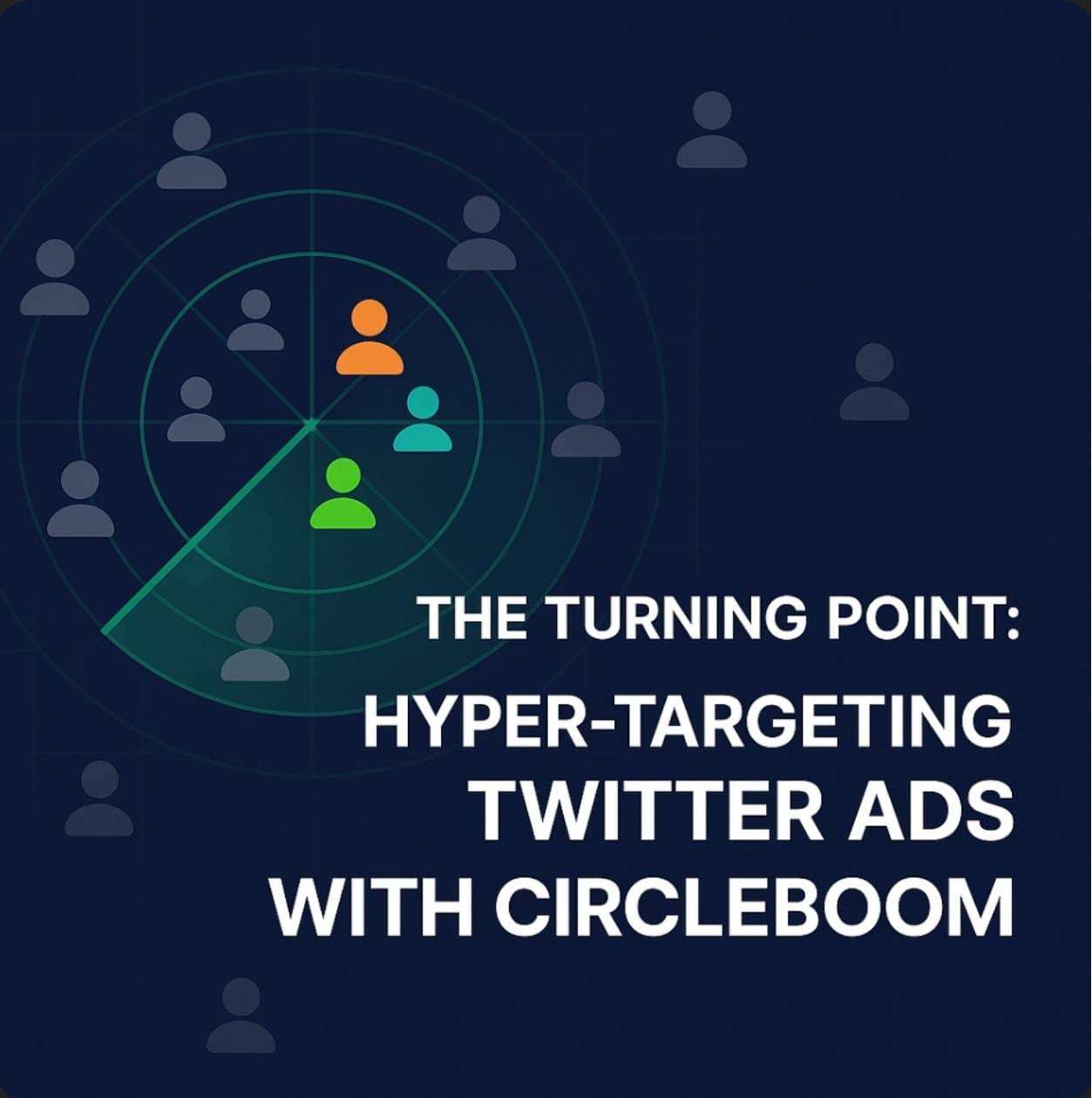
Running the Numbers Again
When I relaunched my campaign using a hyper-targeted audience from Circleboom, the results were night and day.
Let’s compare:
- Without Circleboom: $100 budget → 25 clicks → 1-2 real people. Effective cost per real click = $80.
- With Circleboom hyper-targeting: $100 budget → 150 clicks → 150 real people. Effective cost per real click = $0,66
That’s a 99,2% decrease in ad cost per real user.
To put it differently: with my first campaign, I spent $100 to buy noise. With my second, I spent $100 to buy real conversations, real visitors, and actual opportunities for conversion.
The math wasn’t just better it was transformative.
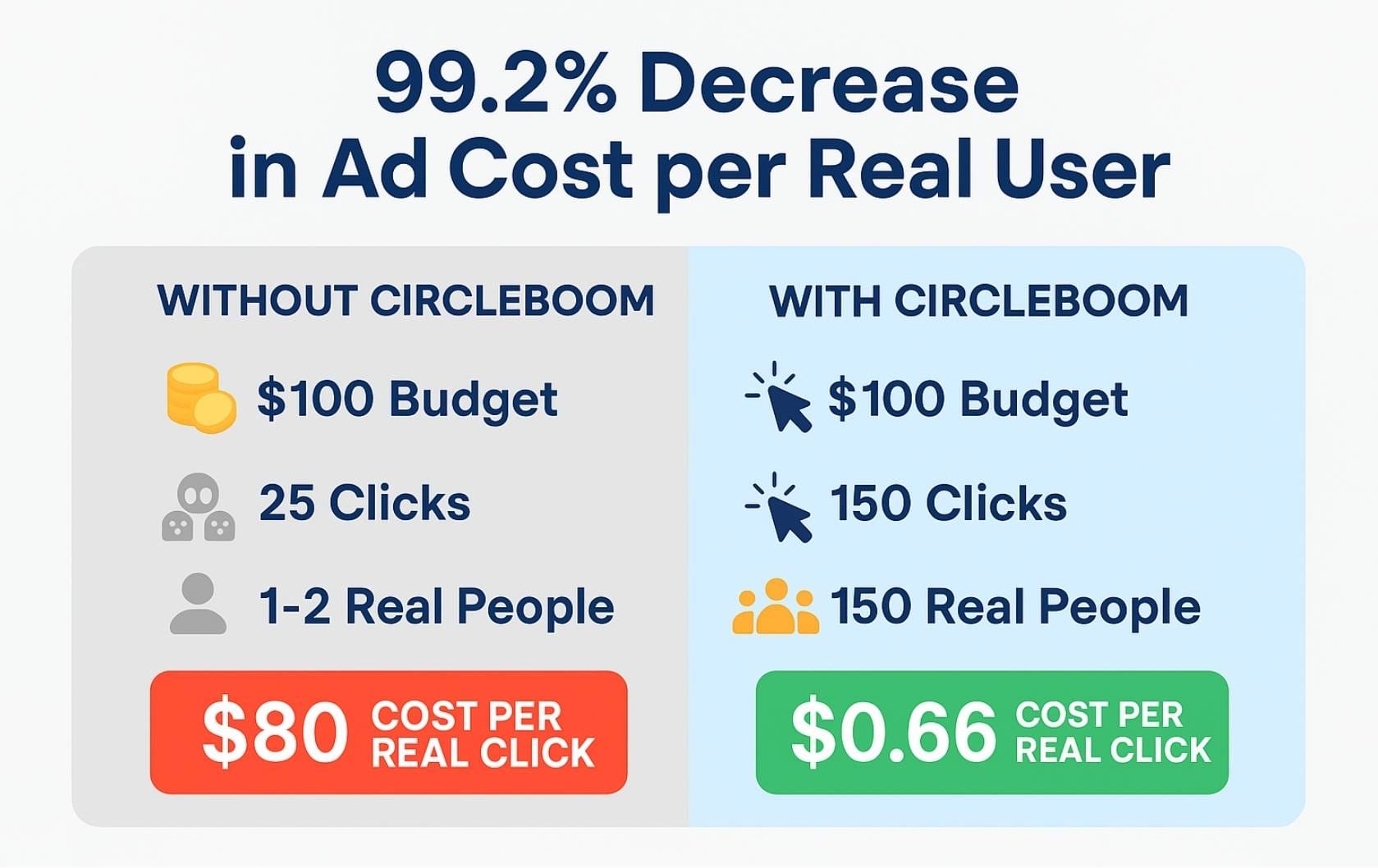
Why Hyper-Targeting Works
The reason Circleboom hyper-targeting works is because it changes the definition of your audience before Twitter’s algorithms ever get involved. Instead of letting Twitter guess who might be interested, you give Twitter a pre-built list of verified, engaging users. This eliminates bots, cuts out passive scrollers, and ensures every impression has real potential.
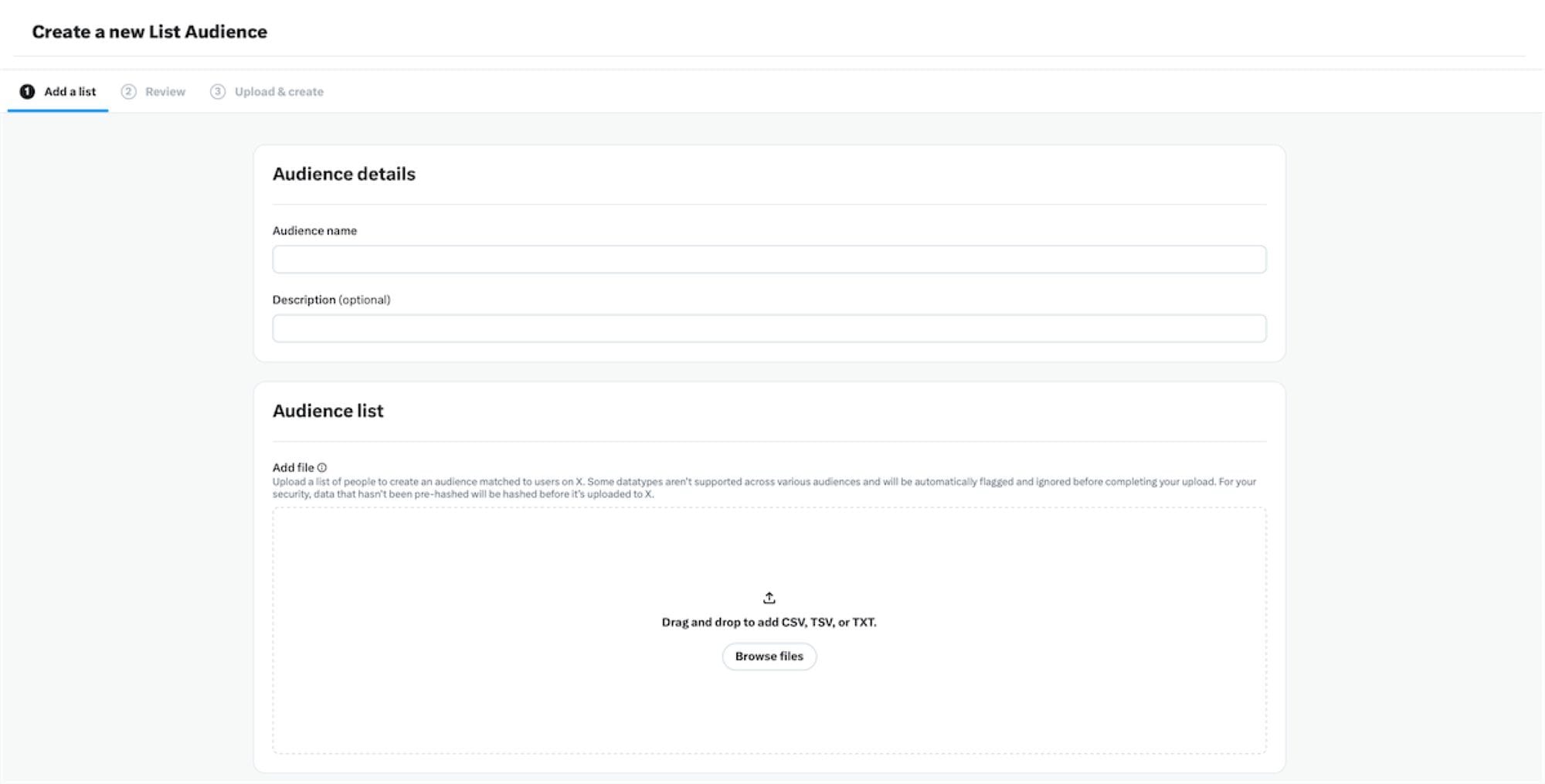
Think of it this way: if traditional ad targeting is like buying a billboard on a busy street, hyper-targeted ads are like hosting a dinner party. You choose the guest list. You know who’s coming, what they care about, and why they might listen. The outcome is deeper, richer, and infinitely more valuable.
And because Circleboom continuously updates its search features, you can refine that list endlessly. You’re not stuck with one static audience—you can keep testing, refining, and adjusting until you strike gold.
Beyond the Numbers: What I Learned About Value
Here’s the deeper lesson I walked away with: Twitter ad cost isn’t the real question. The question is, who are you paying to reach? Two advertisers can spend the same $100:
- One reaches 100 bot clicks for a dollar each. ( 3-4 real user)
- The other reaches 100 real people at $1.50 each. ( 100 real user)
On paper, the first campaign looks cheaper. But in truth, it’s worthless. The second campaign, though more expensive per click, carries something priceless: possibility. Those 100 people can engage, connect, buy, share. They are the seeds that might grow into something lasting.
Circleboom showed me that my money didn’t need to stretch thinner, it just needed to stretch smarter. Instead of obsessing over Twitter ad rates, I learned to ask a different question: What’s my cost per real human reached? Once you make that shift, everything changes.
Extending the Strategy
The beauty of Circleboom is that it doesn’t stop at one campaign. Once I learned how to export engaged users, I began to create segmented lists:
- One list of people who followed competitors.
- One list of users actively tweeting about my industry.
- One list of influencers and micro-influencers.
Each became a custom audience. Each led to campaigns that felt authentic, human, and effective. And the best part? Every time I refined my targeting, my effective ad cost went down further. With some experiments, I got my cost per real click below $0.48, nearly 25% cheaper than my first campaign.
A New Way Forward
Looking back, I realize the true lesson wasn’t about Twitter ad pricing or the frustration of bots. It was about discernment, learning to value quality over quantity, to aim with precision instead of spraying into the wind. The wasted $70 hurt, but it was also the tuition I paid for a more important education.
Now, whenever I run campaigns, I remember that first, hollow victory. The numbers that sparkled but meant nothing. And I remember the shift—the moment I decided I would never again pay for applause from ghosts.
With Circleboom and hyper-targeted ads, my campaigns feel different. The clicks aren’t just clicks. They’re people. And that changes everything.
Conclusion
The night I stopped my first Twitter campaign, I felt defeated. Today, I see it differently. That failure was the doorway into a better way of doing things. So if you’re staring at your own disappointing analytics, wondering where your money went, I’d tell you this: it’s not about the rates or the costs. It’s about who’s on the other side of your ad.
And when you finally reach real people, the ones who care, who listen, who might even buy, you’ll realize the true value of every dollar. That’s what Circleboom helped me find. And I’ll never run another campaign without it.
(This article is part of a deeper strategy guide. For a detailed walkthrough on building hyper-targeted audiences, see: Export Engaging Twitter Accounts for Hyper-Targeted Ads.)
Use Twitter hyper-targeted ads built around your own active and engaging followers. This strategy can boost your tweet impressions by 10x, tested and proven.
Try Circleboom’s Engaging Followers feature, leverage them for low-cost ads, and don’t miss Step 4 in the blog post above.

